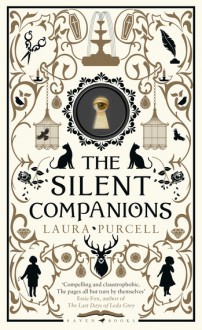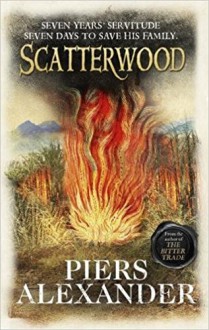
Today The Fens is largely a misnomer, as the region of East Anglia is a flat, dry land studded with farms. Yet a few centuries ago it was a name that referred to the marshland environment of the area, one often inundated with water from the sea or from the rivers that fed into it. While these conditions was hardly conducive for growing crops, the grasses that flourished in the wetlands were ideal for animal husbandry, which was practiced as far back as the Roman occupation. During the 17th century, however, a number of parties began a decades-long project to drain The Fens that turned it into the environment which we know it as today.
Eric Ash's book describes how this occurred. He traces the beginnings of the project to the 1570s, when environmental changes that worsened the flooding convinced some in the royal government of the need to intervene. Until then flood management was the responsibility of sewer commissioners, prominent locals who sat on boards that were empowered to maintain flood control measures but whose resources and remit were limited to maintaining existing conditions. Now, however, the crown began to consider ambitious projects designed to drain The Fens and convert the pasture land to more desirable farmland.
The inhabitants of the Fens quickly objected to the government's proposal. Ash spends a good part of his book describing the various challenges to the projectors, which included political pressure, legal challenges, and even violence against the "projectors" and their employees. While efforts by the crown to secure a consensus proved elusive, it was not until first James I and then Charles I took the throne that the state grew more aggressive in its approach. Nevertheless, one of the virtues of the area of the first major drainage project, the Hatfield Level, was that the crown controlled most of the land in the area, thus forestalling much of the opposition encountered elsewhere. Work on the even larger Great Level drainage began soon afterward, and while it was disrupted by the civil war that broke out in 1641, the work continued intermittently until it was complete by the 1670s.
Synthesizing political, social, technological, and environmental history, Ash's book provides an excellent account of the efforts to drain The Fens in the 16th and 17th centuries. From it emerges an account of greed, environmental change, government power, and local resistance that has echoes in some of the debates over public projects and environmental regulation in our own time. Perhaps the most salient point to emerge from the book is how the efforts by people to utilize and shape their environment have long reflected their views of their relationship to it. This is true even today, for while the ongoing effort to restore The Fens embodies a very different set of assumptions and goals, they share with the drainage projects of the 17th century the idea that it is our goals which should determine its condition, even if our objectives today have brought us full circle to embracing the wetlands role The Fens had served for so long in the past.


 Log in with Facebook
Log in with Facebook 









